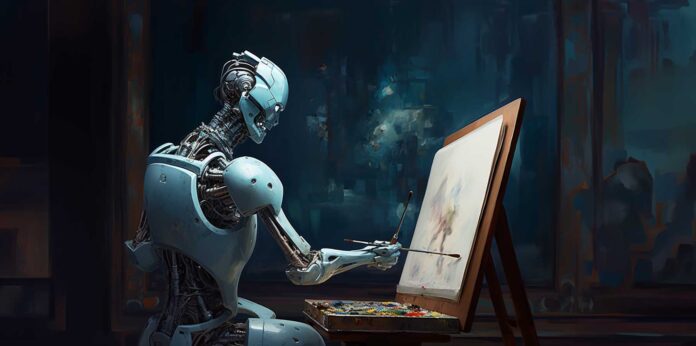In the evolving landscape of the arts, robotics has emerged as a pivotal force, blending the precision of technology with the boundless possibilities of human creativity. This fusion has given rise to a new era where robots are not only creators but also curators of art, challenging our traditional perceptions and pushing the boundaries of what art can be. In this article, we explore how robotics is transforming the art world, creating new mediums, and redefining artistic expression.
The Rise of Robotic Artists
Robotic technology has infiltrated the art studio, introducing a new toolset for artists to express their visions in ways previously unimaginable.
Programmable Creativity: Robots, programmed with complex algorithms, can paint, sculpt, and construct with meticulous detail, offering a new level of precision in art creation. Artists can manipulate variables to produce unique patterns and designs that are difficult, if not impossible, for human hands to replicate.
Collaborative Art Forms: Many contemporary artists use robots as collaborators rather than mere tools, blending human intuition with robotic execution. This partnership opens up new avenues for creative exploration, where the spontaneity of human emotion meets the consistency of machine operation.
Expanding Horizons: Robotics allows artists to explore materials and techniques that are beyond the scope of human capability. For example, robots can handle materials at scales and with a precision that humans cannot, from micro-sculptures carved on the tip of a pencil to large-scale metal installations.
Robotics in Art Curation
Beyond creation, robotics is also revolutionizing how art is curated and experienced in galleries and museums.
Automated Curation: Robots equipped with AI algorithms can analyze visitor data and artwork popularity, helping curators design exhibitions that better engage audiences. They can suggest layout adjustments and lighting settings that enhance the viewing experience, tailored to real-time audience preferences.
Interactive Exhibits: Robotic installations offer interactive experiences that are dynamic and responsive to the audience. This not only makes art more accessible but also more engaging, allowing visitors to experience art in a multi-dimensional and personalized way.
Preservation and Restoration: Robotics technology is being employed in the preservation and restoration of artworks. Robots can perform delicate restoration tasks that require high precision, such as color correction on aged paintings or reassembling fragmented archaeological artifacts.
Ethical and Aesthetic Implications
The integration of robotics in art raises intriguing ethical and aesthetic questions. As robots become more autonomous, the line between creator and creation blurs.
Authorship and Authenticity: Who is the true artist when a piece is created by a robot? This question challenges traditional notions of authorship and authenticity in the art world. It prompts a broader discussion about the value and origin of art.
The Role of the Artist: As robots take on more of the physical process of art-making, the role of the artist evolves. Artists are now free to delve deeper into conceptual realms, focusing on design and innovation while leaving the execution to robotic counterparts.
Aesthetic Value: The use of robotics in art also sparks debate over the aesthetic value of artworks produced by machines. Can a robot-created piece evoke the same emotional response as one made by a human? This question is central to understanding the impact of robotics on art appreciation.
Conclusion
Robotics in the art world is not merely a technological trend but a profound evolution in the way art is made and appreciated. By merging technical precision with creative vision, robotics opens up new possibilities for expression and interaction within the arts. As we move forward, the creative synergy between humans and machines will continue to shape the future of art, making it more diverse, accessible, and dynamic.





